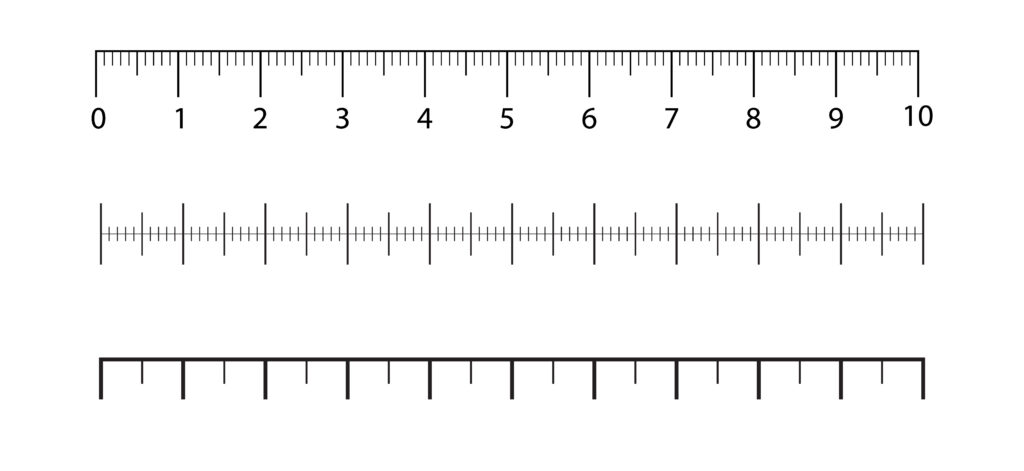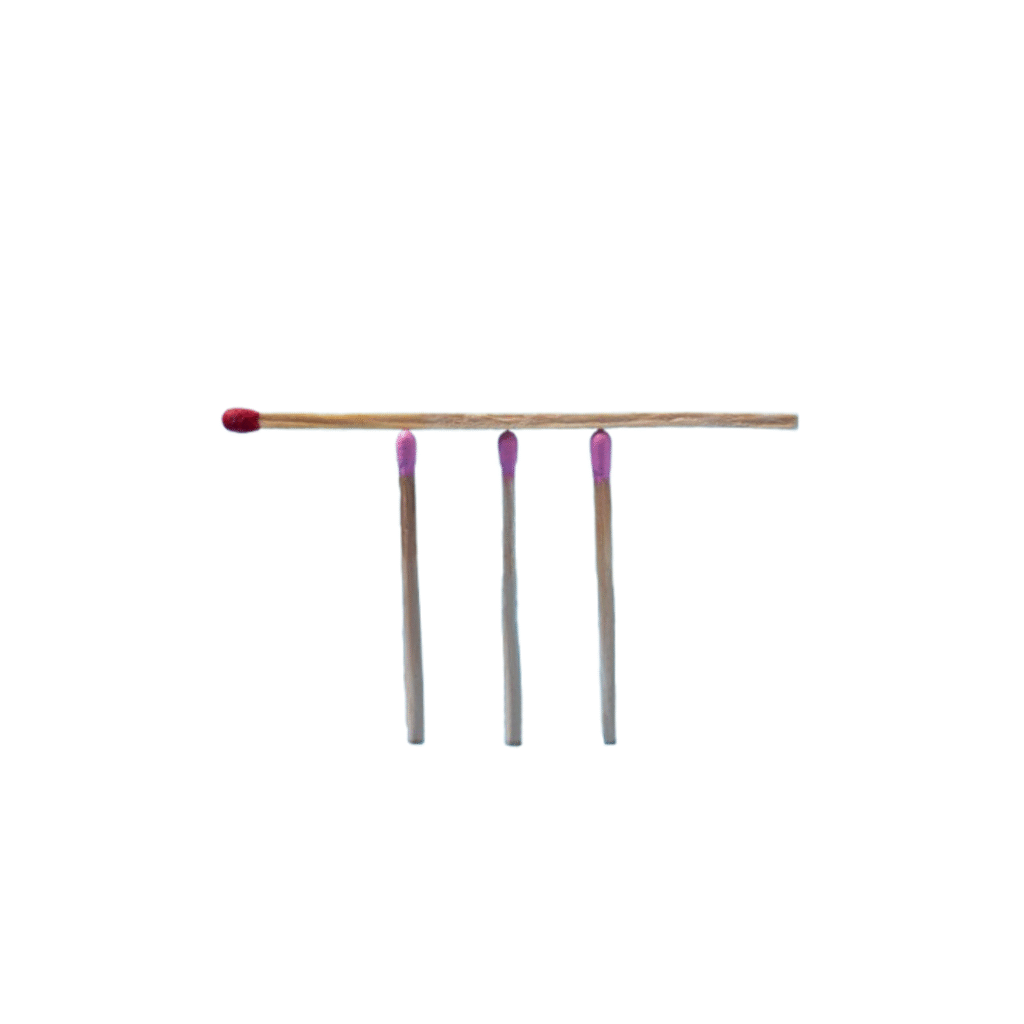Quadratic Equations: Solution by Factorisation
Understand factoring a quadratic equation ($x^2 + Bx + C$) by visually arranging algebra tiles to form a **perfect rectangle**.
Help & Instructions
▼The area of a rectangle is $\text{Length} \times \text{Width}$. Factoring a quadratic expression means finding the length and width of the rectangle formed by its terms.
- **Length (x+p)** and **Width (x+q)** are the factors.
- The resulting area is $x^2 + (p+q)x + pq$.
- **Analyze:** Identify the coefficients of $x^2$, $x$, and the constant term ($C$).
- **Goal:** Arrange the required $x^2$ tile, $x$ tiles, and unit tiles into a continuous rectangle within the grid.
- **Find Factors:** The resulting side lengths will give you the factors $(x+p)(x+q)$.
Factor: $x^2 + 5x + 6$
Goal: Arrange tiles to form a perfect rectangle.
Tiles Available:
The area of the $x^2$ square is $x \times x$. The area of an $x$ rectangle is $x \times 1$. The area of a unit square is $1 \times 1$. By arranging these tiles into a single rectangle, you are proving that the quadratic expression is the product of its length and width (the factors).
The Algebra of Area
When factoring $x^2 + Bx + C$, you are looking for two numbers ($p$ and $q$) such that they **add up to B** ($p+q=B$, the number of $x$ tiles) and **multiply to C** ($p \times q=C$, the number of unit tiles). These two numbers, $p$ and $q$, determine the dimensions of the constant part of the rectangle.
The total area formed by the tiles is $x^2 + (p+q)x + pq$. The dimensions of the final rectangle must be $(x+p)$ and $(x+q)$.



